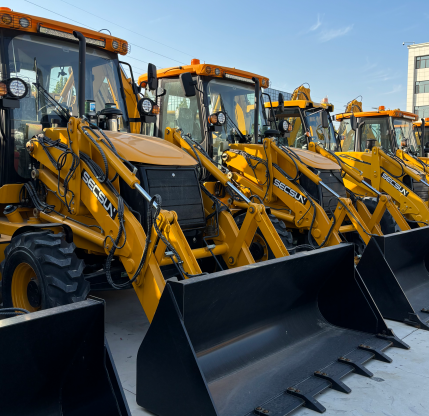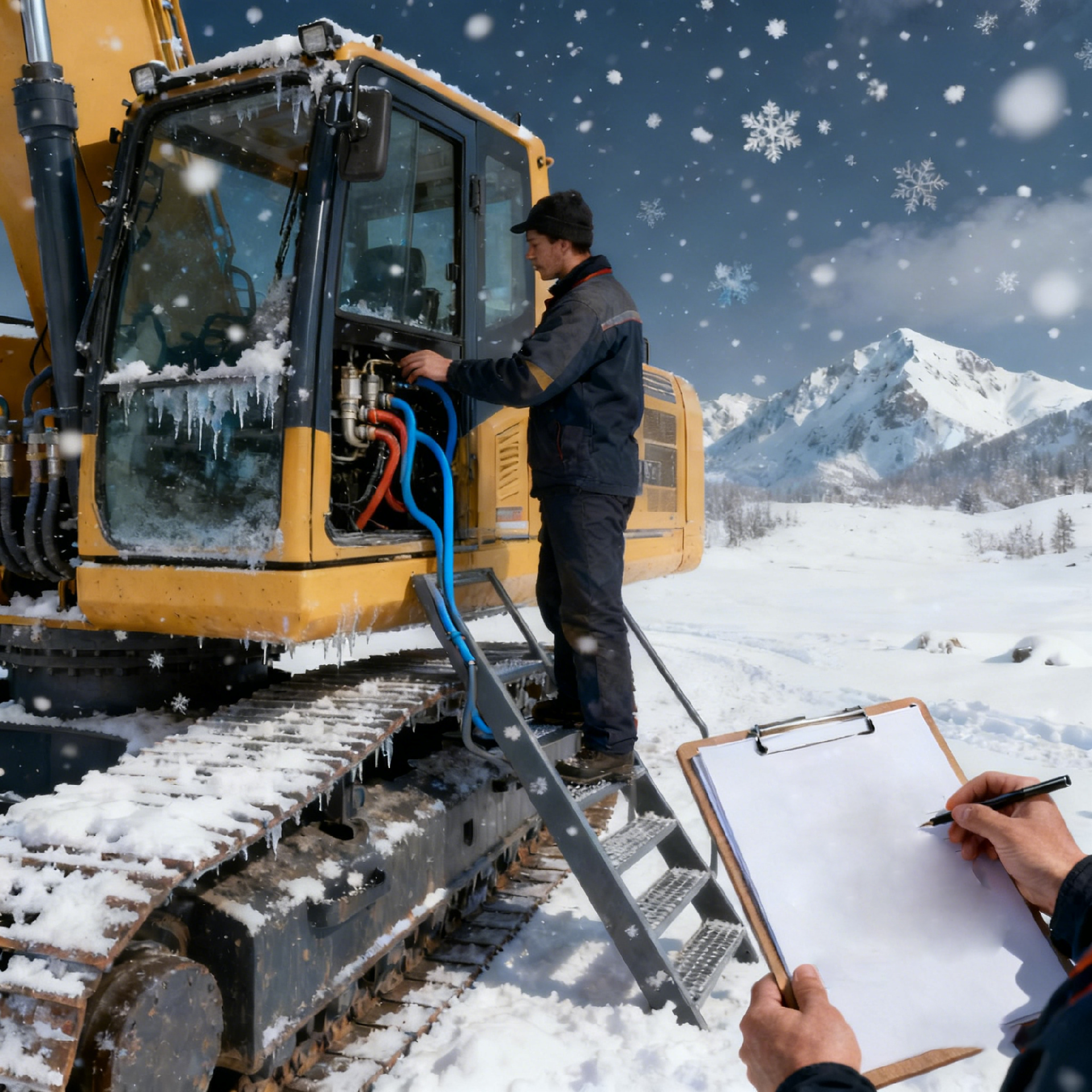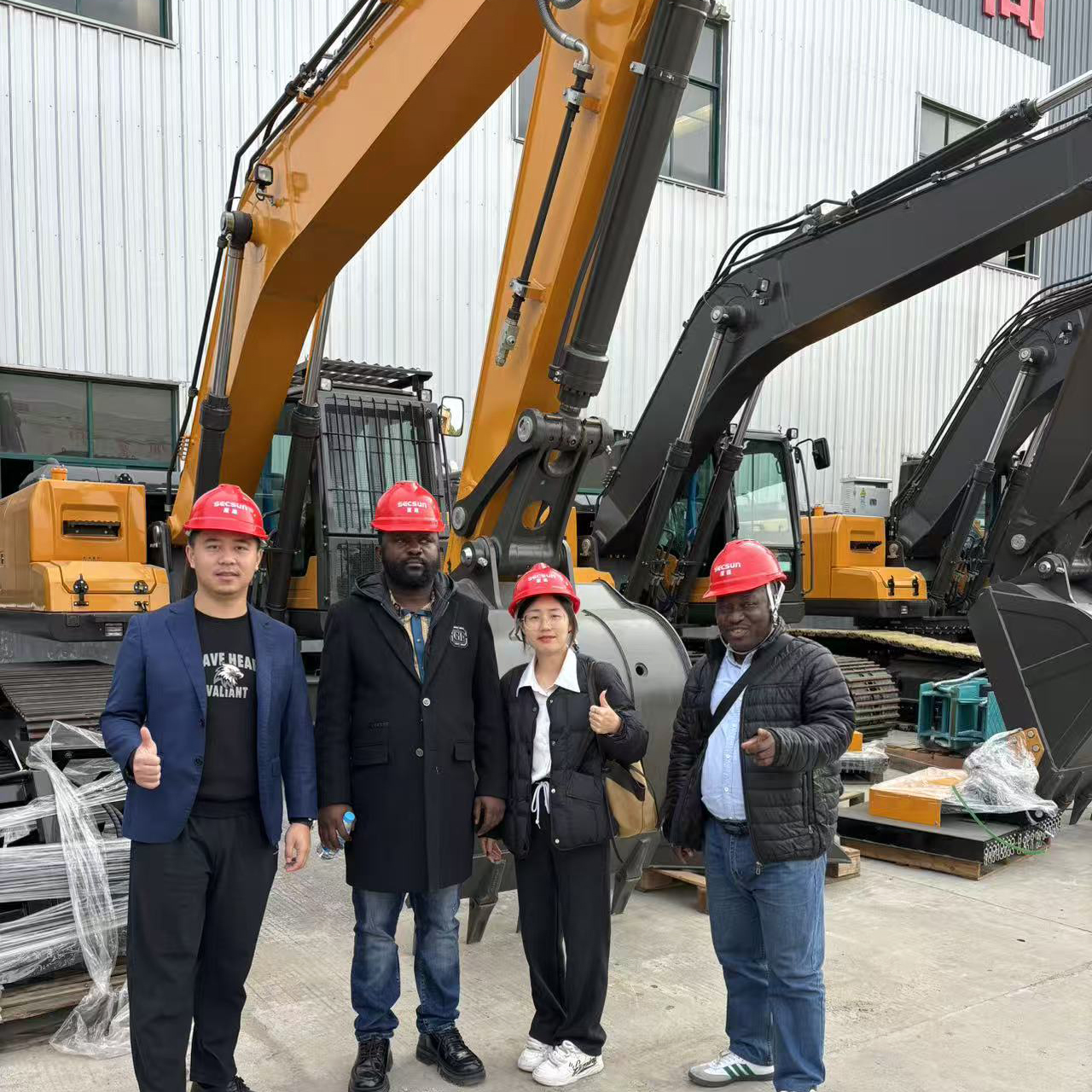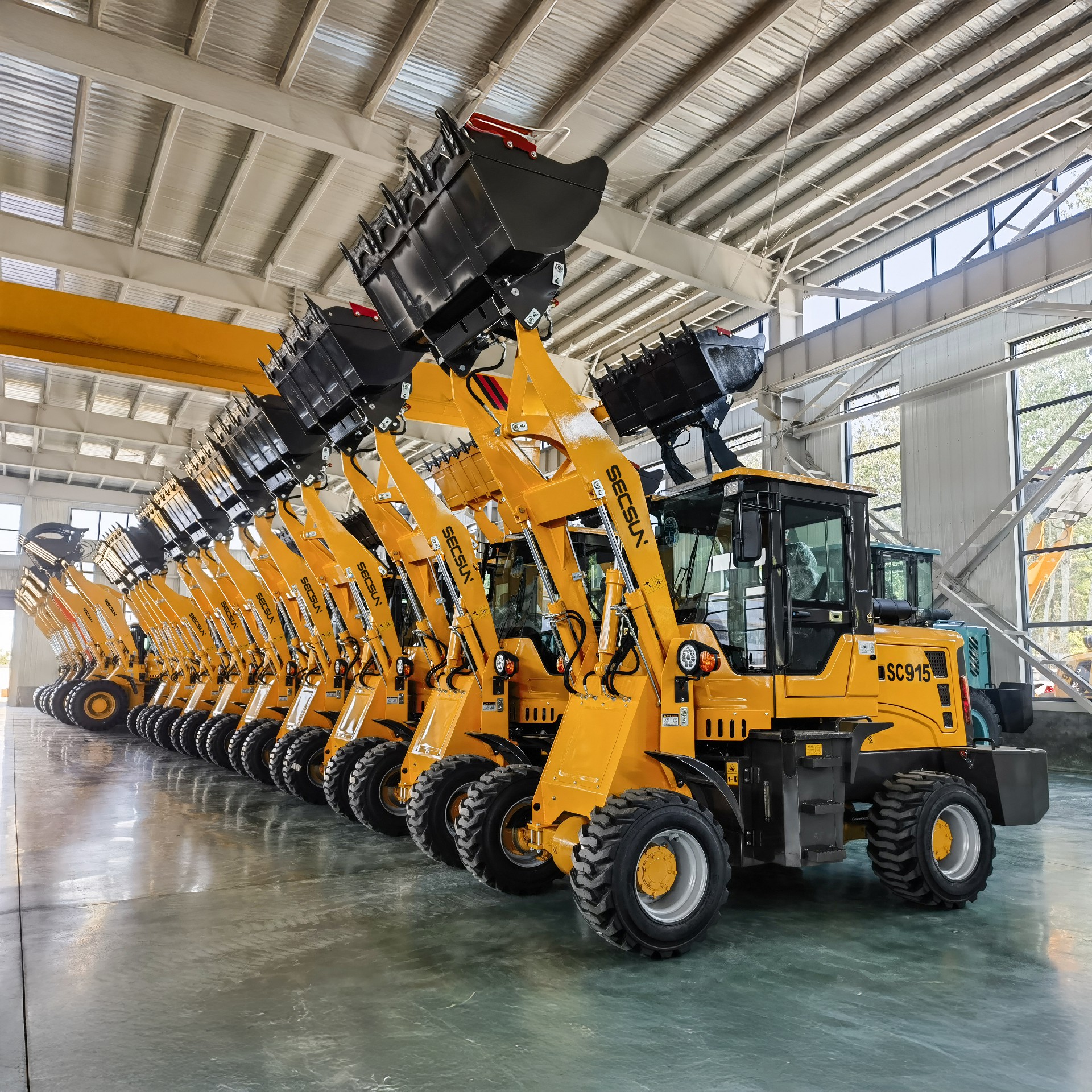As temperatures rise, forklifts face unique challenges that many operators and fleet managers may overlook. These industrial workhorses require special attention during summer months to maintain performance, safety, and longevity. Here are five professional insights into how summer conditions impact forklift operations.
1. Tire Pressure Fluctuates Dramatically in Heat
Summer heat causes significant tire pressure variations in forklifts. Ambient temperatures above 85°F (29°C) can increase tire pressure by 2-3 PSI per 10°F temperature rise, risking overinflation. Overinflated tires reduce traction on hot warehouse floors and accelerate tread wear by 15-20%. Conversely, sudden rain showers can cool tires rapidly, leading to underinflation that strains steering components. Daily pre-shift pressure checks using a calibrated gauge are critical—especially for outdoor operations.
2. Battery Life Plummets in High Temperatures
Lead-acid forklift batteries lose 10-15% of their capacity when operating in environments exceeding 90°F (32°C). Heat accelerates chemical reactions within batteries, reducing charge retention and shortening cycle life by up to 30% over a single summer season. To mitigate this, maintain battery rooms at 77±5°F (25±3°C) and ensure proper ventilation during charging. Avoid exposing batteries to direct sunlight, as surface temperatures can reach 140°F (60°C) even on moderately hot days.
3. Hydraulic Fluid Degrades Faster in Summer
Hydraulic systems are particularly vulnerable to summer heat. When ambient temperatures exceed 86°F (30°C), hydraulic fluid viscosity decreases by approximately 10% for every 18°F (10°C) increase, reducing system efficiency. Prolonged exposure to temperatures above 120°F (49°C) causes fluid oxidation, forming sludge that clogs filters and damages pumps. Operators should monitor fluid levels daily and check for discoloration—amber to dark brown indicates thermal degradation requiring immediate replacement.
4. Cabin Temperatures Exceed Outdoor Heat
Enclosed forklift cabins can reach temperatures 20-30°F higher than outdoor conditions due to greenhouse effects. A 90°F (32°C) day can result in cabin temperatures exceeding 120°F (49°C) within 30 minutes of inactivity. This heat stress increases operator fatigue by 40% and raises the risk of errors. Optimal solutions include installing cabin ventilation systems that exchange air 8-10 times per minute or using reflective window films that reduce solar heat gain by 35-40%.
5. Fuel Efficiency Drops in Hot Weather
Internal combustion forklifts experience 5-8% reduced fuel efficiency in summer. High temperatures cause gasoline and diesel to vaporize prematurely in fuel lines, creating vapor locks that disrupt fuel flow. Propane-powered units are particularly affected—tank pressure increases by 10-15 PSI in 90°F weather, altering fuel injection rates. Operators should bleed fuel lines before daily use and ensure propane tanks are shaded, as direct sunlight can raise internal pressure to unsafe levels.
By addressing these summer-specific challenges, Drivers can maintain 95%+ uptime and extend equipment lifespan by 2-3 years. Proper seasonal maintenance isn’t just about compliance—it’s a strategic investment in operational efficiency.
 One Machine with Multiple Functions is The Key to Breaking The Situation, Backhoe Loader Become The First Choice for Heavy Industry !
One Machine with Multiple Functions is The Key to Breaking The Situation, Backhoe Loader Become The First Choice for Heavy Industry !
 How to Operate and Maintain Excavators in Winter Snow: Essential Tips for Safety and Performance
How to Operate and Maintain Excavators in Winter Snow: Essential Tips for Safety and Performance
 Second Factory Visit Solidifies Trust: Congolese Distributors Place Third Order with SECSUN
Second Factory Visit Solidifies Trust: Congolese Distributors Place Third Order with SECSUN
 SECSUN 1.5 Ton Wheel Loader: The Global Choice for Efficient Light-Duty Operations
SECSUN 1.5 Ton Wheel Loader: The Global Choice for Efficient Light-Duty Operations